
How to Avoid Disappointment When It’s Time to Cash Out
One of the biggest concerns for business owners looking to sell is whether they’ll walk away satisfied with the deal. Valuing your business isn’t just about spreadsheets and market trends—it’s about what your company is truly worth to you. Let’s face it: hearing about what someone else got for their business doesn’t always align with your situation. And relying solely on industry benchmarks can be a path to disappointment.
How Do Current Trends in Manufacturing Impact Valuations?
A lot of business owners shape their expectations based on what they’ve heard happening in the market. For example, if you hear a competitor had 30 interested buyers and got top dollar, it’s easy to think your business will have the same results. But what’s happening in the market today may be very different from what was going on when they sold.
Market conditions fluctuate, and manufacturing is no exception. If you’re selling when demand is high, and the industry is on the rise, you’ll likely see better terms and more interest. But if the market is cooling or entering a downturn, valuations can dip, and deals often get more complex with financing.
We’ve seen it in manufacturing where key factors like your backlog and what the next 6–12 months look like for your sector play a huge role in how buyers assess value. If the industry’s strong, you’ll see more buyers at the table and better offers. But aligning expectations with the reality of current market conditions is crucial to avoiding disappointment.
A $9 Million Success Story
Let’s look at a real example to illustrate how market research and a strategic approach can lead to exceeding expectations.
We worked with a manufacturing client whose initial valuation came in at about $5 million. However, the owners were hoping to get closer to $6 million. Through our market research, we found that this company had some unique aspects—they were positioned more on the engineering services side and outsourced much of their manufacturing. We realized that for the right buyer, this company could be much more valuable, especially for a business that had excess manufacturing capacity and could benefit from owning the engineering side.
We reached out to specific buyers who would recognize that value and discovered several that were highly interested. This wasn’t just about finding any buyer—it was about finding the one that truly valued what this business had to offer. After some competitive interest and negotiations, the deal closed at $9 million—all cash.
That kind of result doesn’t happen by chance. It requires understanding the unique strengths of the business, identifying the right buyers, and creating the right competitive environment to drive up the value. What started as a $5 million valuation ended as a $9 million success because we were able to find a buyer who saw the true potential in the business.
The Importance of Defining Your Valuation
This success story highlights why it’s so important for owners to define their own valuation rather than relying solely on industry norms. While industry benchmarks can be helpful, they don’t tell the whole story.
Many business owners make the mistake of assuming their company is worth what it was in the past. It’s not uncommon for owners to say, “I had a valuation done five years ago, and my sales haven’t changed much, so my company must still be worth the same.” Unfortunately, this thinking overlooks how market dynamics have changed.
Owners need to factor in what makes their business unique and how that might resonate with the right buyer. For example, if your business has proprietary processes, long-standing customer relationships, or specialized knowledge, these could be aspects that set your company apart from others in the market.
Just like in real estate, where a house’s value can fluctuate dramatically based on market trends, the same principle applies to your business. Your company’s current value depends on a range of factors, including recent financial performance and broader market trends. An outdated valuation doesn’t reflect today’s realities.
Balancing Personal and Investor Expectations
For business owners with external investors, there’s often a balancing act between personal valuation goals and investor return expectations. Each party may have different ideas about when to sell and what price to aim for. Aligning these goals early is critical to avoiding conflict during the sale process.
At NuVescor, we work to ensure that all stakeholders are on the same page about the value of the business before going to market. This includes laying out the risks of waiting too long to sell and understanding how market conditions might affect future valuations. Ensuring alignment helps avoid surprises and potential contention that could derail a deal.
Customizing the Approach for Each Owner
Ultimately, selling a business is about more than just the numbers. Every owner has unique goals, whether it’s preserving the company’s legacy, protecting employees, or maximizing financial return. We customize our approach to make sure these factors are considered when finding the right buyer.
In the $9 million deal, the owners were initially concerned that strategic buyers would disrupt their company’s culture. But by finding the right fit, we were able to bring in a buyer that not only met their financial goals but also aligned with their vision for the company’s future. That’s the kind of outcome every business owner should strive for.
In the end, defining your valuation, understanding current market trends, and aligning with the right buyer are the keys to avoiding disappointment when it’s time to cash out.










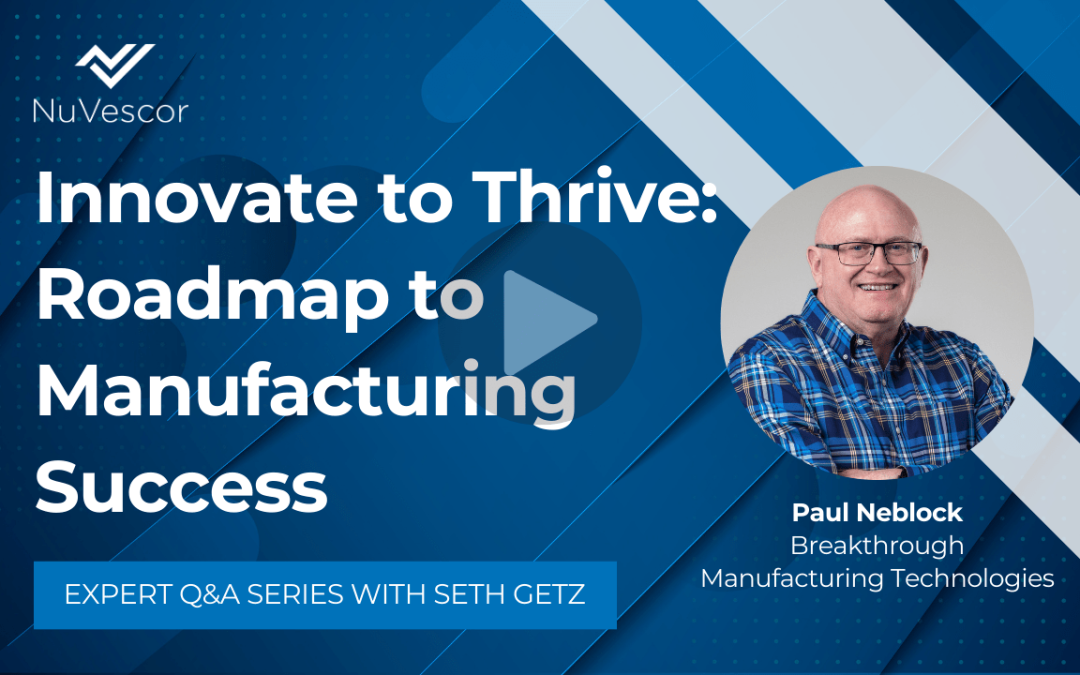


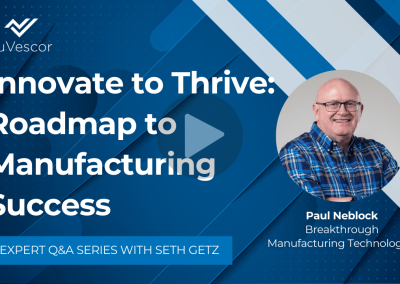
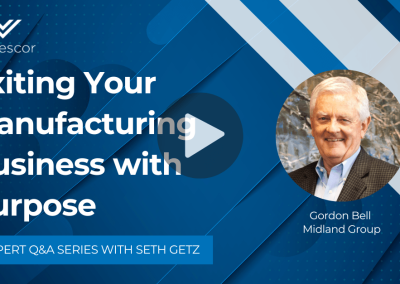
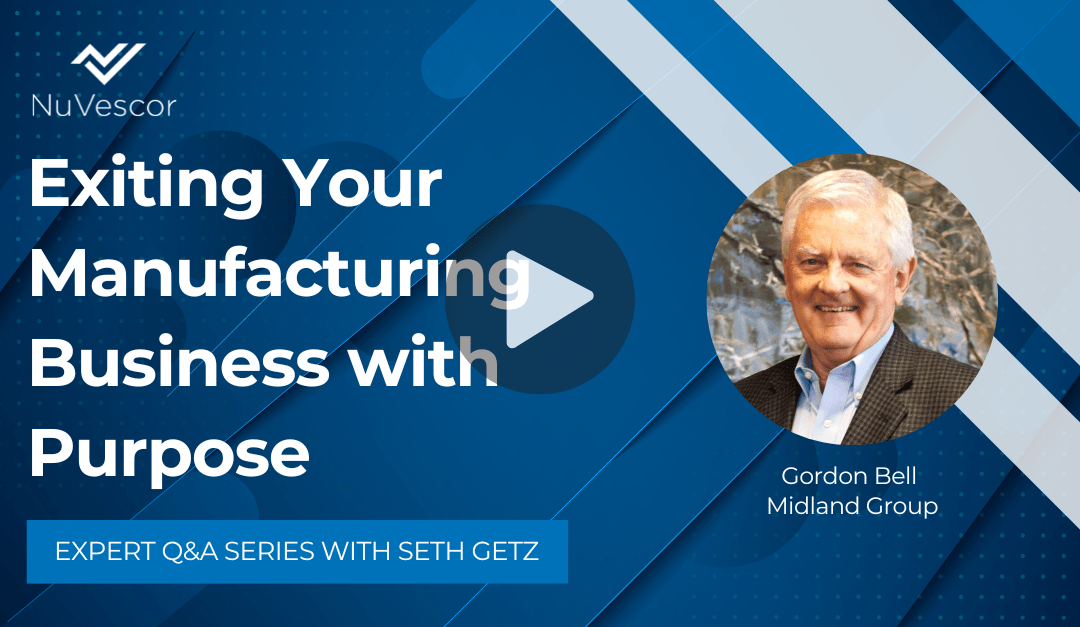


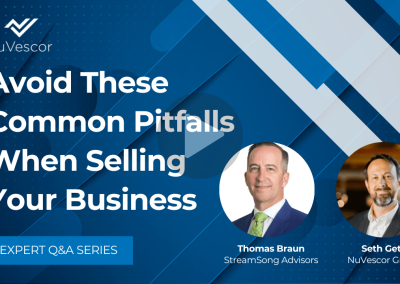

Recent Comments